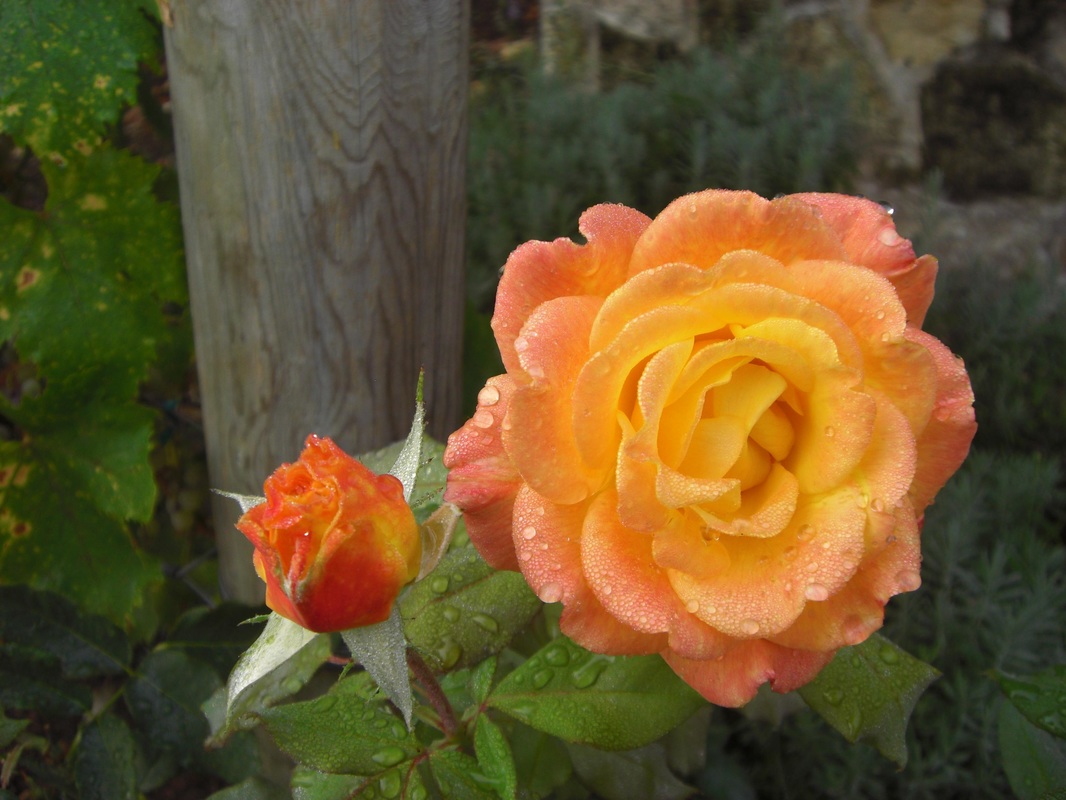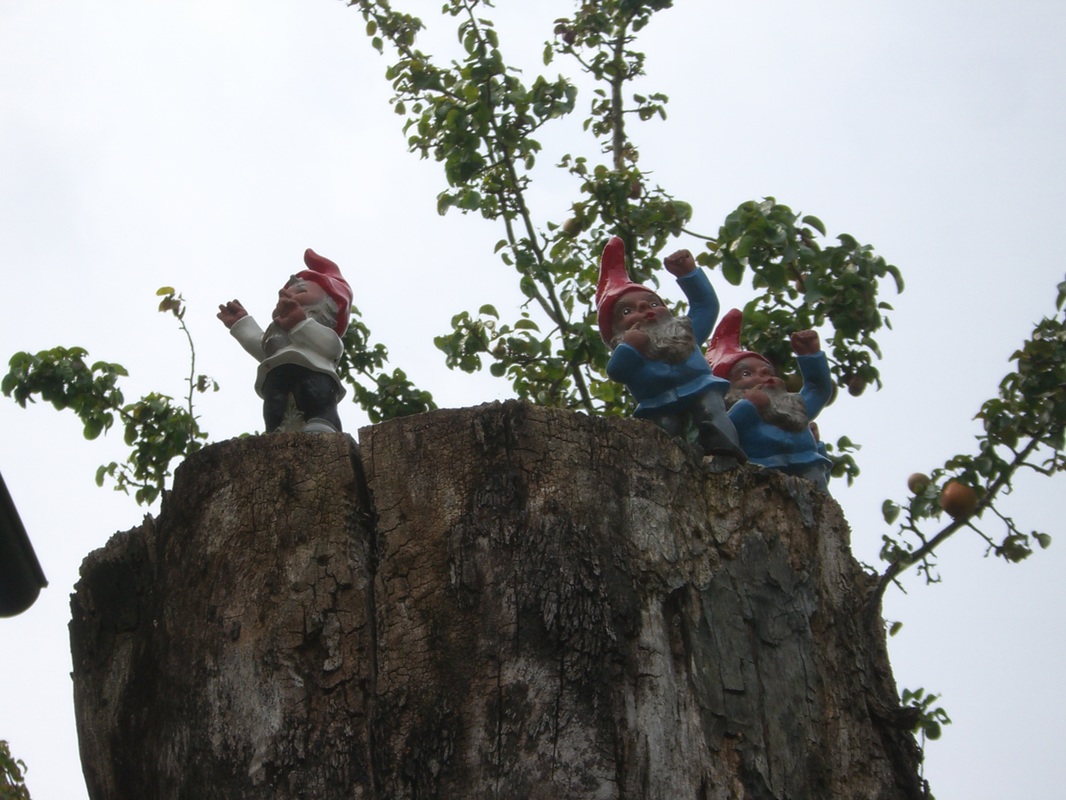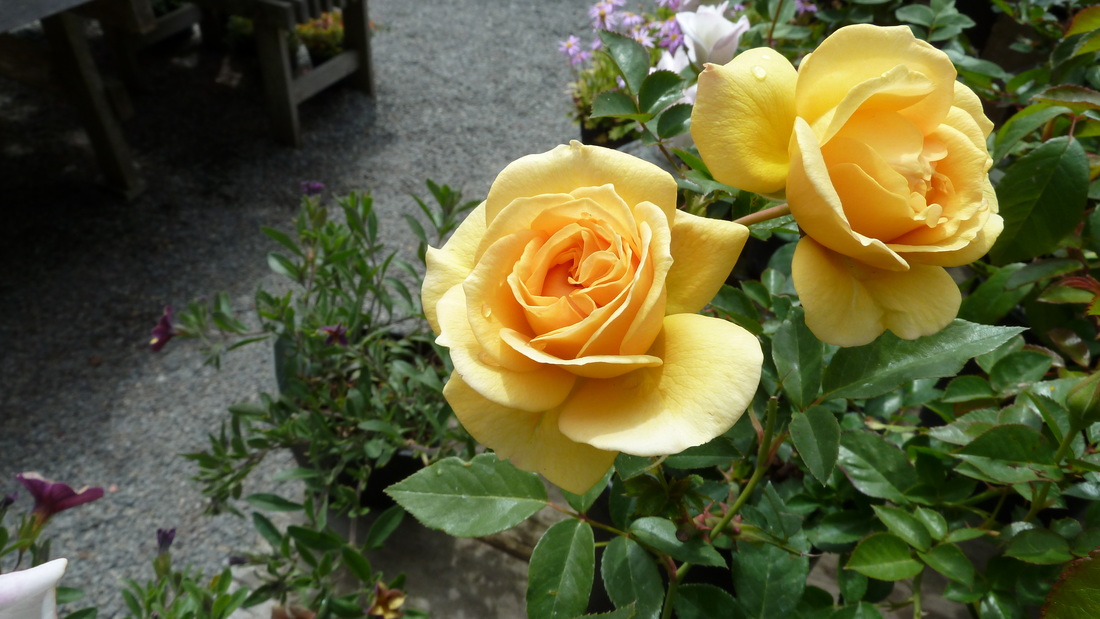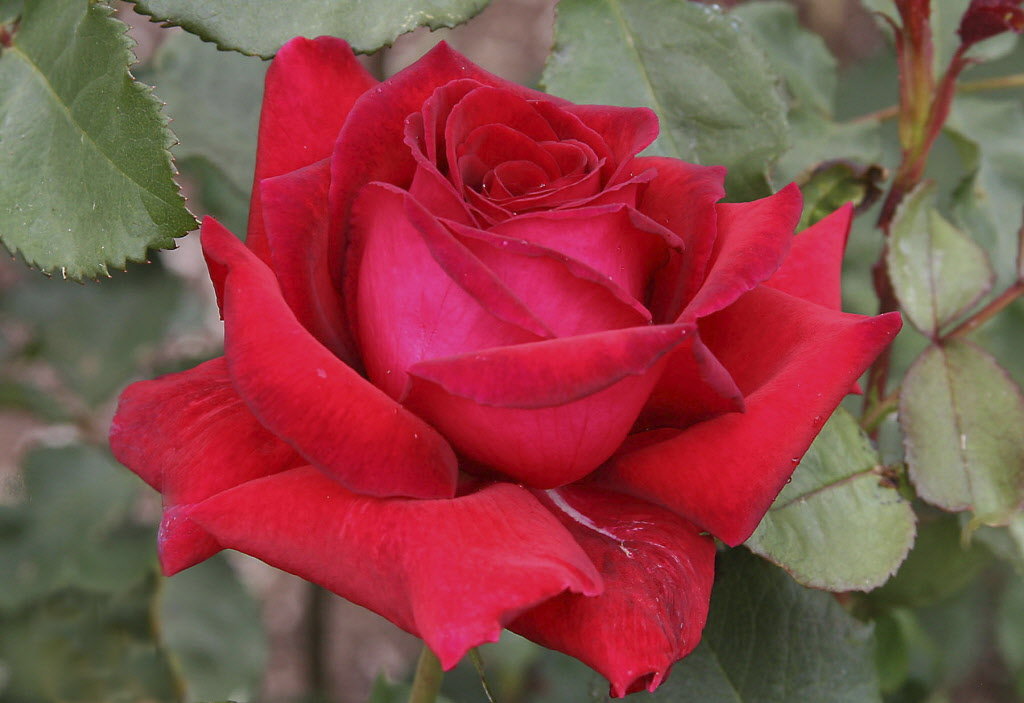n
After the VDP tasting our group was treated to a day-plus of winery tours and tastings. Now it was the last day of the tour and the group was at the final stop; Max Wittmann in the Rheinhessen not far from Mainz. Wittmann makes superb dry Rieslings, especially his GG wine from the Morstein vineyard. It’s racy, intense, and laser-focused with shameless minerality and shocking acidity. I’ve known the Wittmann wines for a long time and was really looking forward to meeting him. But the rest of the group—not so much. It’s the end of the tour. Mind you we’ve only been in country for four days, but in the heat and humidity (yes, Germany can have both in late summer), the group of otherwise august professionals has begun to melt down.
Max took us through the winery and we tasted the new vintage just bottled. Each wine was like experiencing a small dose of delicious electric shock. After the tour everyone headed outside to a lunch of sandwiches and Riesling. Not a bad combination. The group hoovered the sandwiches all the while complaining about the heat and humidity—even the sandwiches. At that point I wandered off to check out the grounds. The first thing I spotted where the guardians of the cellar perched high on a pole and covered in cobwebs just outside the cellar door.
I have lots of favorite smells/aromas but there is one far above all else—a rose. Not just any rose and definitely not the roses you buy at Trader Joe’s or Safeway because you completely spaced out your girlfriend/wife’s birthday or your anniversary. Nyet. A true heirloom rose. To me an heirloom rose is perfection. It’s the zillions-to-one against all odds when somehow some way countless molecules assemble themselves into a sublimely beautiful form that smells even more sublimelier. So much for good English.
The aromatics of an heirloom rose to me aren’t simply “floral” as with other kinds of flowers; they have an arc or a curve like a musical chord, with brighter, higher aromatics, fruitier middle notes, and earthy low tones. Internally for me there’s also a color gradation to the curve going from lighter hues at the top gradually down to deeper hues at the bottom. The color range changes depending on the actual rose. I experience pepper and certain other aromas the same way.
As you can easily tell by now I find the aroma of an heirloom rose to be transcendent. No surprise then that my time in the Wittman rose garden instantly became a formative olfactory memory. But how is it we’re able to smell anything at all? What’s the apparatus for detecting all things olfactory? Thinking back to that beautiful rose garden at Wittman, when I smelled one of the roses the odor molecules traveled up my nasal cavity to behind the bridge of my nose where they were absorbed by very unique receptor cells. These cells have microscopic hairs called cilia. There are some five million of these olfactory cells that constantly fire up impulses to the brain’s olfactory center.
These olfactory regions in the upper nasal cavity are comprised of moist, yellow regions of fatty substances physically located at the upper reaches of each nostril. When the olfactory bulb detects an aroma it sends a signal to the cerebral cortex, a message directly into the limbic system–one of the most ancient parts of the brain. Unlike the other four senses, there is no editing or filtering our response to an aroma and thus the reason why our smell memories can be so incredibly vivid and powerful.
Software: the Anatomy of a Smell Memory
All this is well and good, but how do we recognize an aroma? And for that matter, how do we remember what something smells like? I’ve written about both extensively over the last five years-plus in various pieces in this blog and elsewhere. All are related to my tasting project which dates back to late 2009 and two film sessions I did with a behavioral scientist, Tim Hallbom. Perhaps the most simple yet utterly profound thing Tim and I discovered during those sessions was that smell memory is visual internally; that the aromas I recognized in a glass of wine were represented by internal visual images—images which up that point in time I was completely unaware I created. These images were/are taken from my life memories of the various aromatics I smell in the glass, be they various fruits, spices, earth notes, or whatever. A second discovery followed quickly; that these internal images I generated to represent the aromas in a wine displayed all sorts of structural qualities, from size to brightness to proximity to dimensionality. Further, if I changed any of a handful of the most important qualities my perception of the wine changed as well.
The Feeling Factor
In the years following those initial film sessions I’ve confirmed the olfactory-image connection with practically every wine professional I’ve ever interviewed with precious few exceptions. But are pictures and movies enough to create a profound smell memory? Probably not. Like a favorite movie, song, or person, strong feelings are also involved in that you care about said movie, song, or person; you probably like—even love–it/them and can instantly recognize them in an instant much less bring up a complete memory just as quickly.
When I think back to that rose garden or any of my favorite smell memories my experience is not just visual. It’s a rich tapestry that always involves multiple senses. Perhaps a profound smell memory is the confluence of strong neuro-association, literally a point in time when sight, smell, auditory, and kinesthetic collide to crystalize a moment. If I step back into my rose garden memory I can almost instantly feel the heat and humidity of early afternoon on my skin and the sun on my face. I can hear the drone of my colleagues conversing in the distance as well as the sound of bees buzzing around me. As I lean forward to smell a rose I remember closing my eyes to focus on the aromatics. At that moment there’s also an internal feeling of reaching forward or out to something. Finally—and arguably as important as any of the components of my memory—there’s also the most amazing feeling when I actually smell the rose, something that’s akin to being in the presence of a beautiful painting, seeing a gorgeous sunset, or hearing a great piece of music. Without going completely Marin County on you, it’s like being in the presence of beauty and source however you define it. For me any such experience is always accompanied by a feeling a gratitude if only for just having a chance be here and play the game.
What I take away from the rose garden memory is not only how incredible the roses smelled on that day at that time—but how the experience made me feel. That’s probably why I can call up a complete IMAX memory of that rose garden in a micro-second and why I can also detect “rose” in the top note of any wine almost as quickly.
In the end, I would venture to say that my love of roses and how they smell is indicative of how important olfactory is to me not only as a professional but personally as well. As someone whose career is based on olfactory, it’s all about the desire to remember how things smell as well as how important it is to care about olfactory memory in the first place. Ultimately, how our most powerful olfactory and wine memories make us feel may be one of the most profound things we experience as wine professionals. I wouldn’t have it any other way.
À votre santé!
nn



